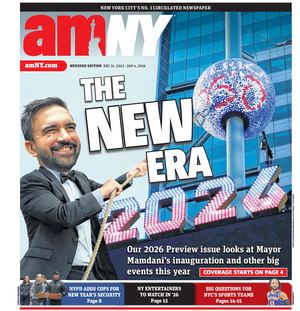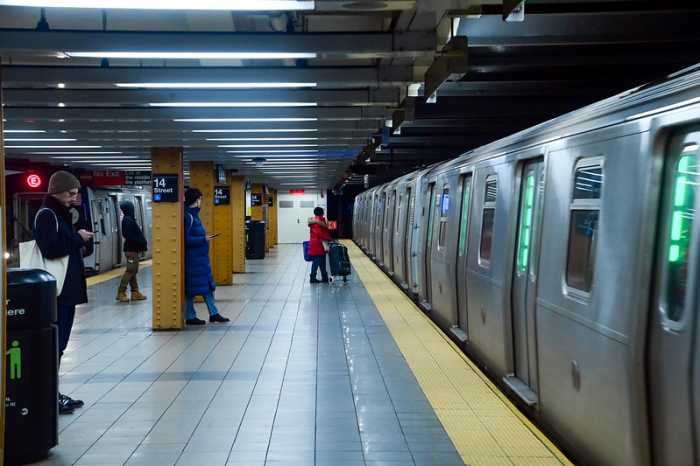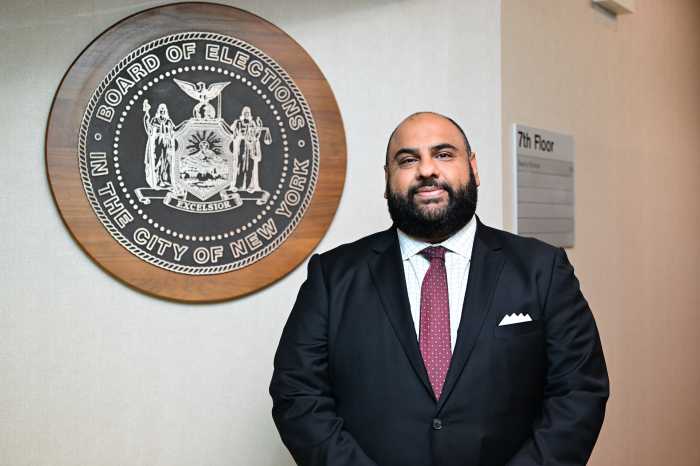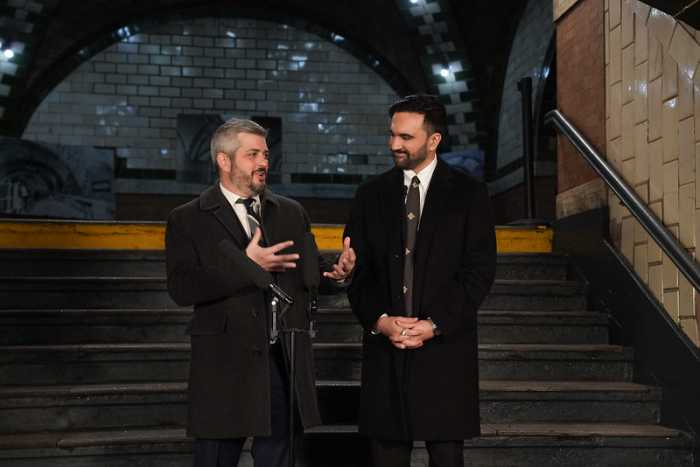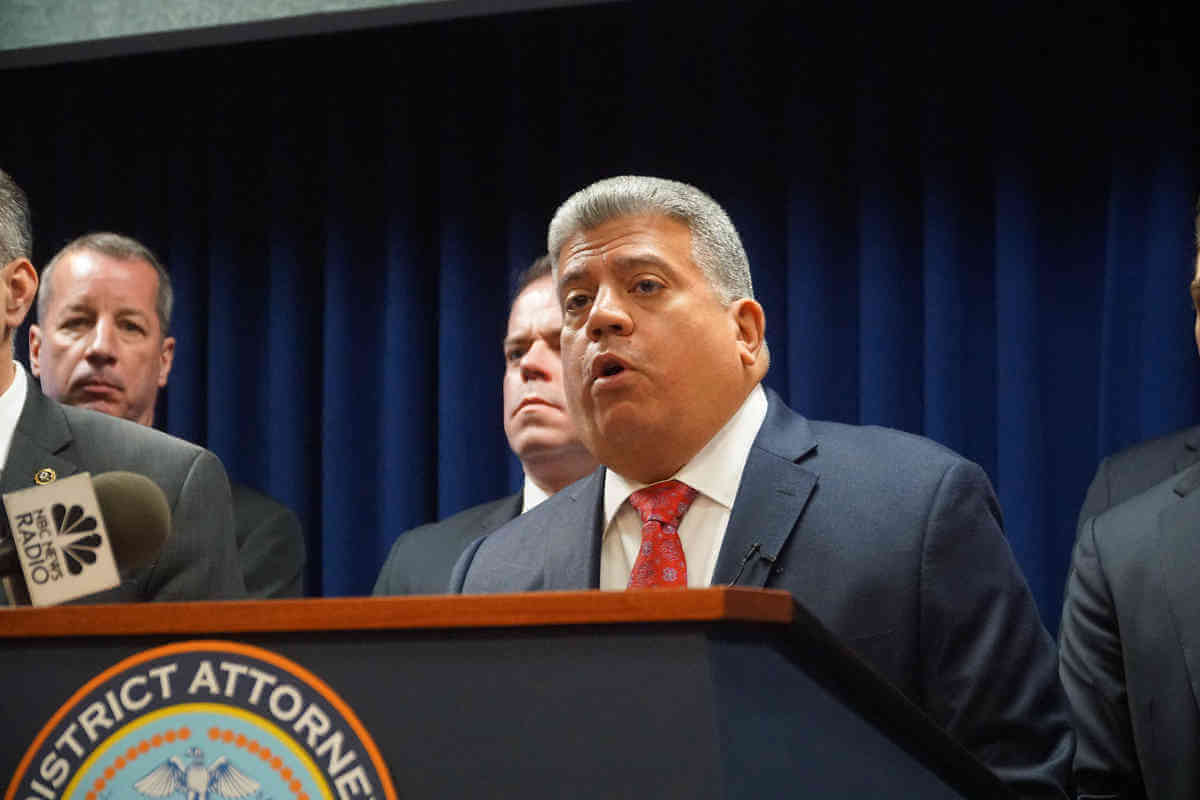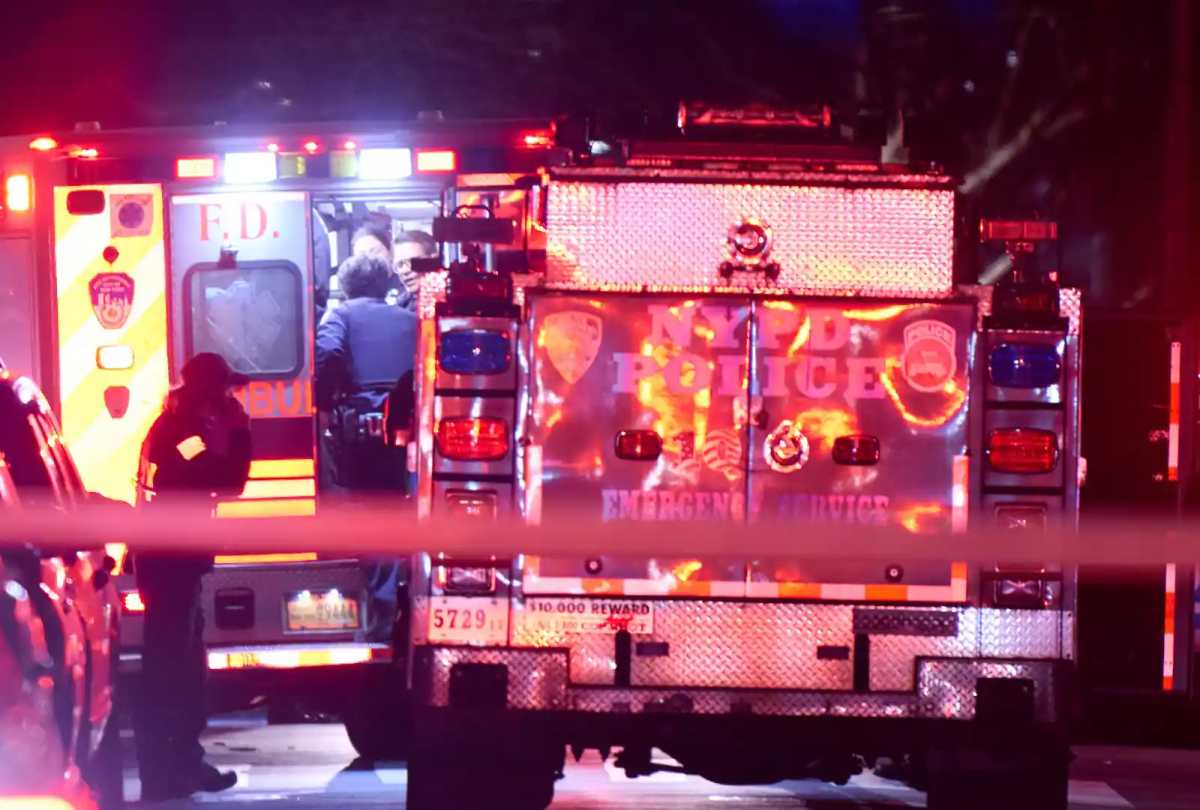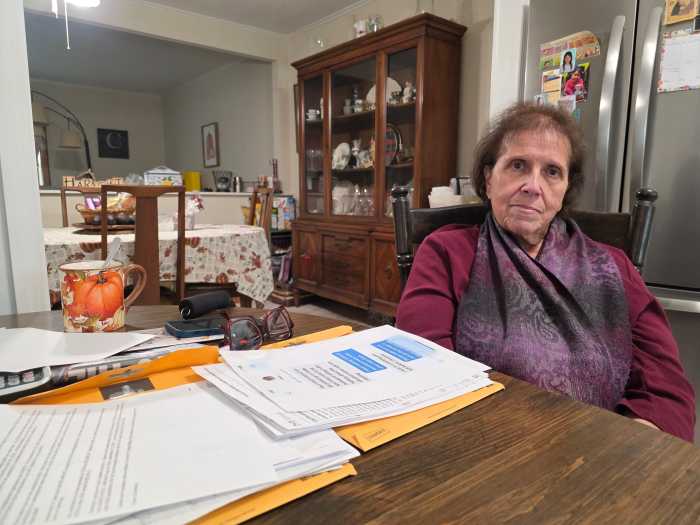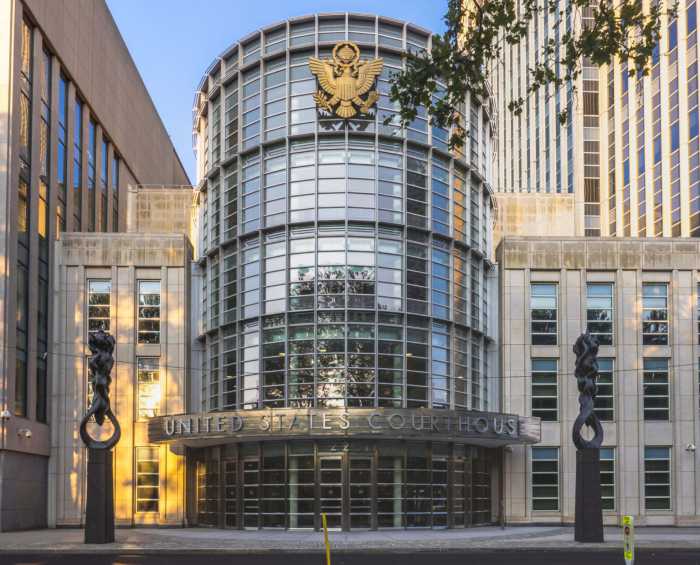
Down a long office hallway flanked by cubicles, about two dozen new employees sat in an 18th floor room, scanning for any objects dense enough to stop a bullet.
They were all new hires, riveted by the mandatory active shooter training Thursday, to the city’s Department of Citywide Administrative Services (DCAS). Many of them had the recent school shooting in Florida, where 17 people were killed, on their minds.
“We don’t like to talk about it — it’s too dark, it’s happening too much. It’s a problem that we are in love with ignoring … it’s not stopping anytime soon. So my challenge to you is to have the conversations that you don’t feel comfortable having: figure out your plan … have something in place,” said Quchee Collins, chief of the internal DCAS Police Department. “I know this is tough talk … I just want you to change your perspective and put a little more thought into this than we’ve ever really done as a society.”
Collins started with DCAS in July 2016 after a career in law enforcement in northern Virginia. He started teaching active shooter preparedness sessions in October, just a few days before the deadly concert shooting in Las Vegas, and has since trained more than 3,000 city workers. Although he focuses on DCAS employees, he has trained the entire Bronx District Attorney’s office, holding upward of 60 sessions in about four months.
“What’s great about this agency is they’re very progressive and they have the foresight,” Collins said. “When you look at the time we live in, we owe it to our city workers to provide them with opportunities to train and prepare for things like this. We can’t turn a blind eye to these types of incidents. It would be reckless for us to do that.”
Collins sprinkles in some audience participation, and even humor, into the sessions — vending machines make great barricades and also happen to have snacks, and New Yorkers don’t panic — bringing a bit of lightheartedness to sobering situations.
“This is a very tough, tough subject matter,” he said. “So I do use humor just to lighten the mood a little bit, and I try to put enough in there so we’re not being ridiculous or over the top or making light of a scenario like this, but at the same time people are more open to sharing their ideas, to sharing their comments and to participating in class without feeling this overwhelming sense of paranoia or being terrified about what we’re talking about.”
“It’s pretty intense, very intense,” said Lisa Montllor Macedo, 61, who started at DCAS about six weeks ago. “It makes you think a lot, especially with everything that happened last week, it’s so fresh in everybody’s minds … Knowledge is always power and hopefully some of it sticks because in an emergency situation you never know what your gut reaction is going to be, and that’s what prevails in an emergency situation unless you’re prepared mentally.”
Collins stressed the importance of knowing the difference between concealment — or hiding — and cover, which means ducking behind or using something to create a degree of protection between you and a bullet. He spoke about using found objects to disarm a shooter’s hands or obscure their eyes. But the first goal, he said, is to run and get out if it’s possible, and to show your hands to responding officers so they know you’re not the threat.
Right now, Collins is the only instructor. The goal is to start “training the trainers,” or helping people in other city agencies go back and train even more employees. A scenario training day with DCAS volunteers in real-life practice situations is also in the works.
